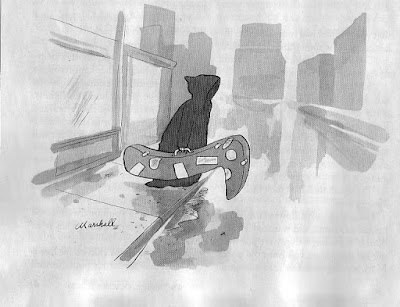NY Times Journal of Medicine (December 30, 2015)
Songs of Transition by Jennifer Hollis
"I am a music thanatologist,
trained to offer music in a prescriptive way, to create a calm space
for dying patients and their families. I focus on the patient’s breath
as I play the harp and sing. With this rhythm as my guide, music can
echo and reflect the dying process. The patient leads the music vigil
with his or her breath, right in the middle of the hum of machines, the
trill of cellphones, and the voices and nose-blowing of family. It often
feels to me as if the room becomes larger, warmed by music and filled
with the courage of families preparing to say goodbye."
Also see: The Hospice Flute. and Death Music.
This is the ultimate low-tech, high-touch intervention.
Book: Music at the End of Life: Easing the pain and preparing the passage. by Jennifer Hollis (2010)
Insuring
for long-term care is a lot like trying to cover the future financial
impact of climate change. It’s a universal problem that looms large, is
hard to predict and will be costly to mitigate.
























